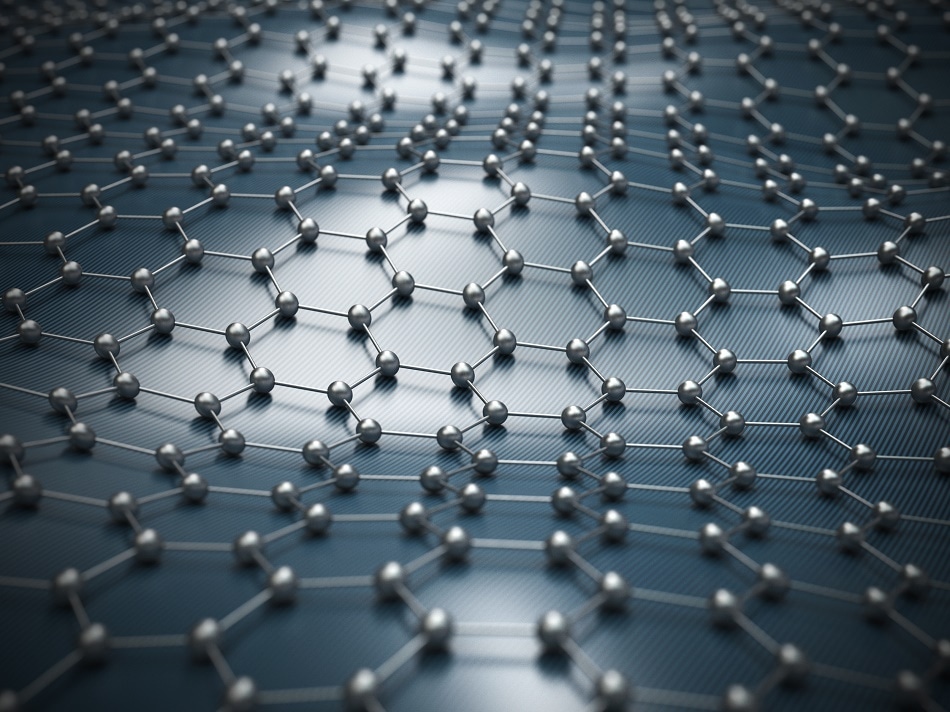
Image Credit: koya979/Shutterstock.com
Research is developing new nanomagnets made of graphene that will lead to more sustainable information technologies. By identifying the process of electron spin dynamics in nanoparticles scientists have opened the door to developing better magnets that could improve devices used in IT, as well as quantum computing, medicine, and spintronics.
Custom-crafted Magnetic Graphene Nanostructures
This month saw the inaugural meeting of the SPRING (SPin Research IN Graphene) research project in Donostia/San Sebastián, Spain. The EU-funded project is being coordinated by CIC nanoGUNE and integrates IBM Research, the Technical University of Delft and the University of Oxford, Donostia International Physics Center, and University of Santiago de Compostela is planned to take place over the next four years with total funding of €3.5 million provided by the European Commission.
The funding was won following a Horizon 2020 FET-Open call, which searches for projects that are likely to develop cutting-edge technology that will have a high impact across disciplines, as well as influencing the path of radical new future technologies.
The SPRING project will incorporate the products of recent significant breakthroughs that have been achieved by members of the world-class consortium. They will take advantage of their shared expertise to design custom-crafted magnetic graphene nanostructures and investigate how they perform within quantum spintronic devices.
While the science that will support this development is complex, the objective of the project is simple, the team wants to establish an all-graphene platform that appropriates spins for the transportation, storing and processing of information. This advancement is predicted to have a profound impact on the field of information technology, opening the door to faster processing, and the potential for applications that are at the moment not possible to realize with current methods. In addition, these developments will also benefit the trajectory of quantum computing.
Investigating Spin
The exploration of spin will play a key role in the team’s work. Spin refers to the rotation a particle of matter makes around itself, and it is this behavior that is a crucial factor in magnetism. There is an agreement among scientists in this field that spin is the logical focus of projects that aim to enhance information technology through the development of more power-efficient components.
The advent of this specific research area has generated much excitement over the possible outcomes that have the potential to change the face of IT. Named quantum spintronics, this new field of study has already seen rapid progress in recent years, with many groundbreaking new concepts, techniques, and materials emerging from its studies.
In particular, the SPRING project, will be exploring the fundamental laws employed for generating and detecting graphene spins, with the aim of using this information to use graphene to efficiently transmit information.
The project’s scientific coordinator and Research Professor at CIC nanoGUNE, Jose Ignacio Pascual, believes that graphene presents the ideal molecule to both host spins and to transport them. He notes that recent developments in graphene research have demonstrated that graphene can now be fabricated with atomic precision, allowing for the creation of graphene structures with an exact composition, shape, spin arrangement, as well as allowing for the development of graphene electrodes for electrostatic or quantum gates. Ignacio Pascual sees the project as having the potential to create a platform that would serve as a facilitator for the second quantum revolution, enabling the generation of new qubit elements for quantum computation.
During the four years that this project will run for, we can expect to see reports of developments that are occurring through the investigation of the laws of spin in relation to graphene. These findings are likely to fuel the already popular area of graphene research, and more applications both within and outside of the IT sector can be expected.
Disclaimer: The views expressed here are those of the author expressed in their private capacity and do not necessarily represent the views of AZoM.com Limited T/A AZoNetwork the owner and operator of this website. This disclaimer forms part of the Terms and conditions of use of this website.